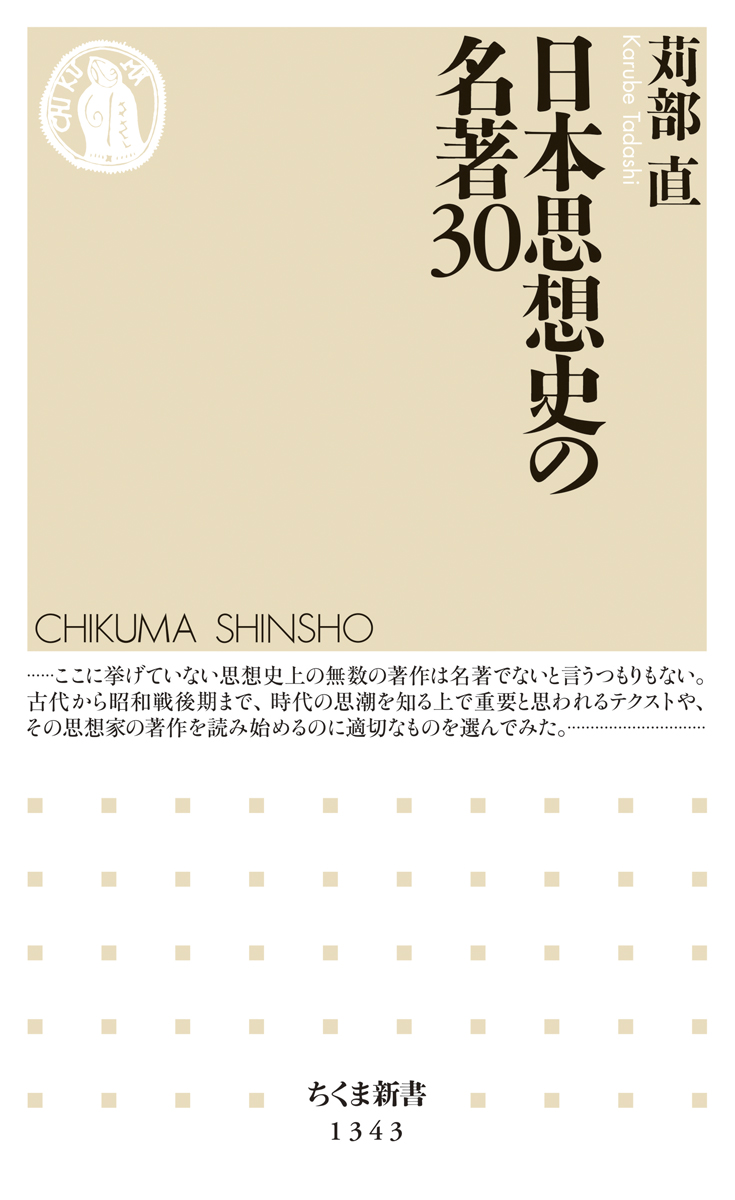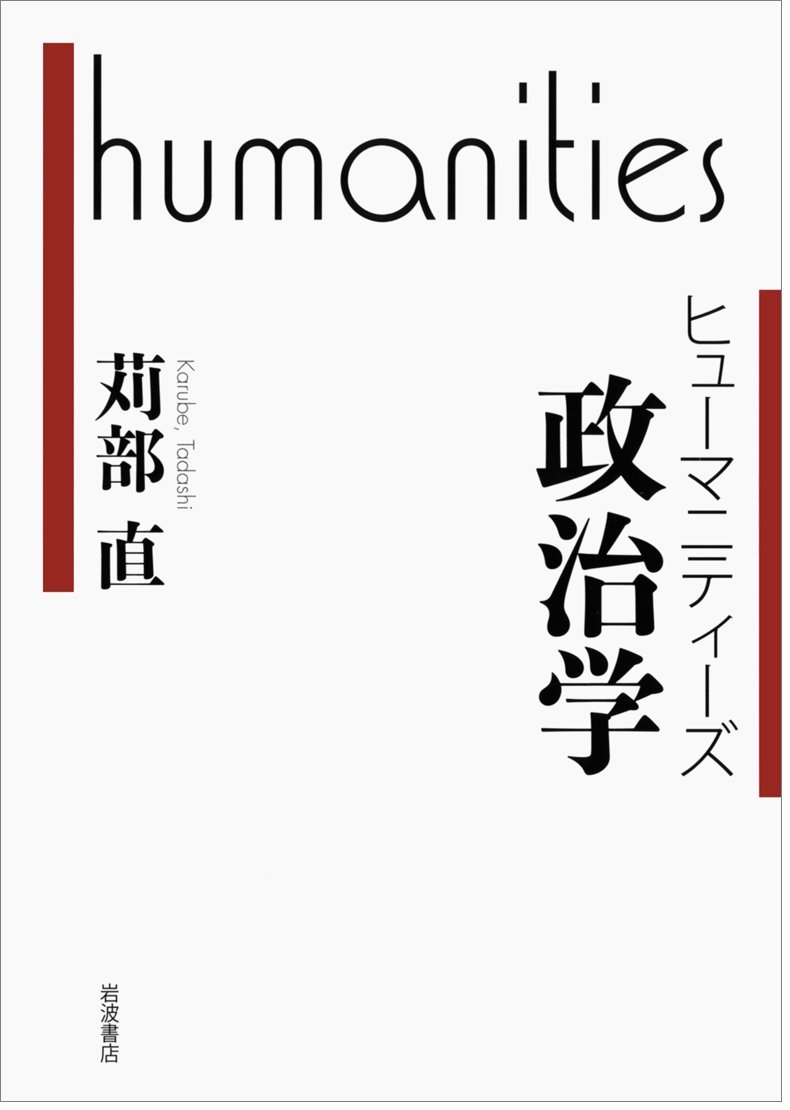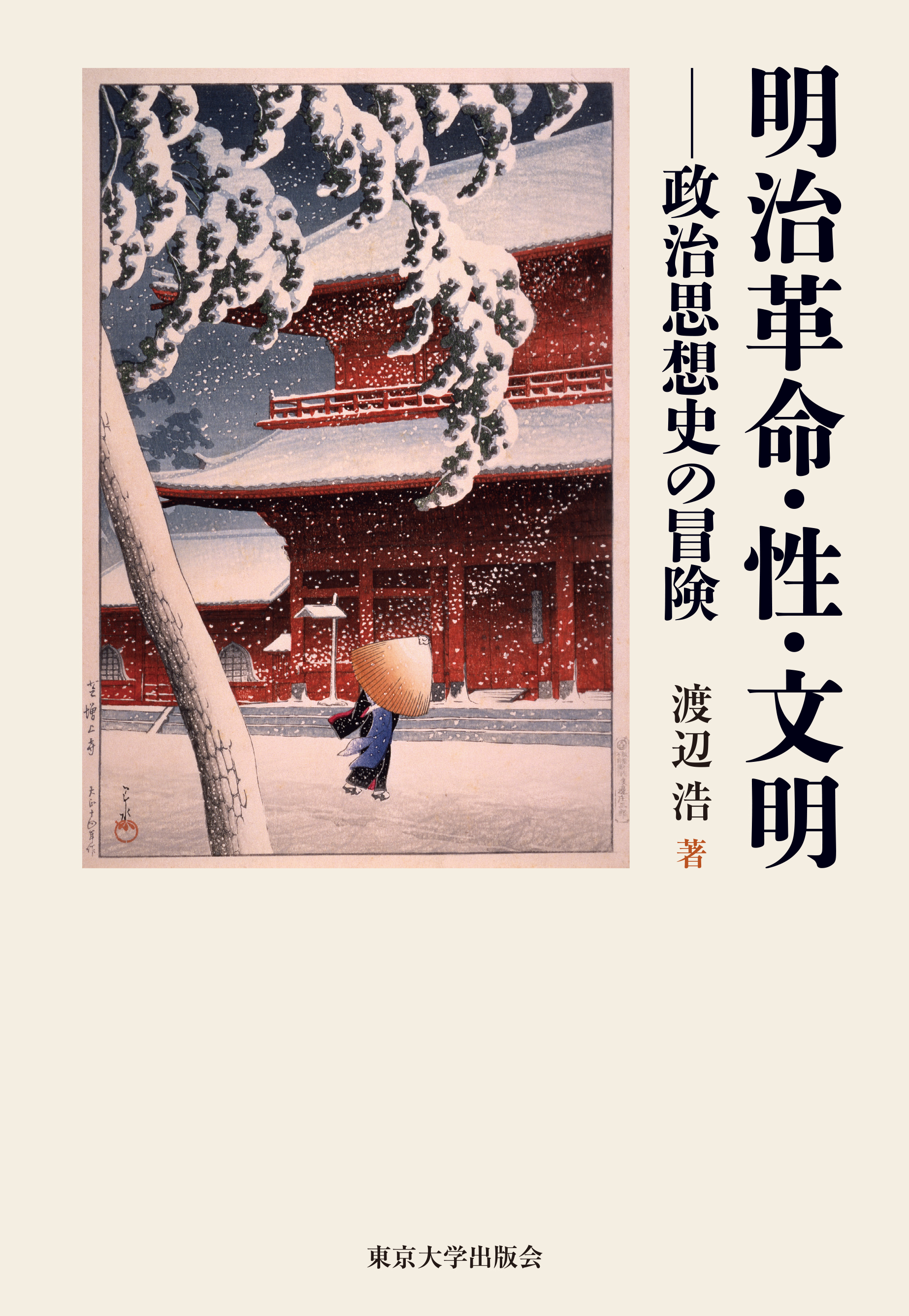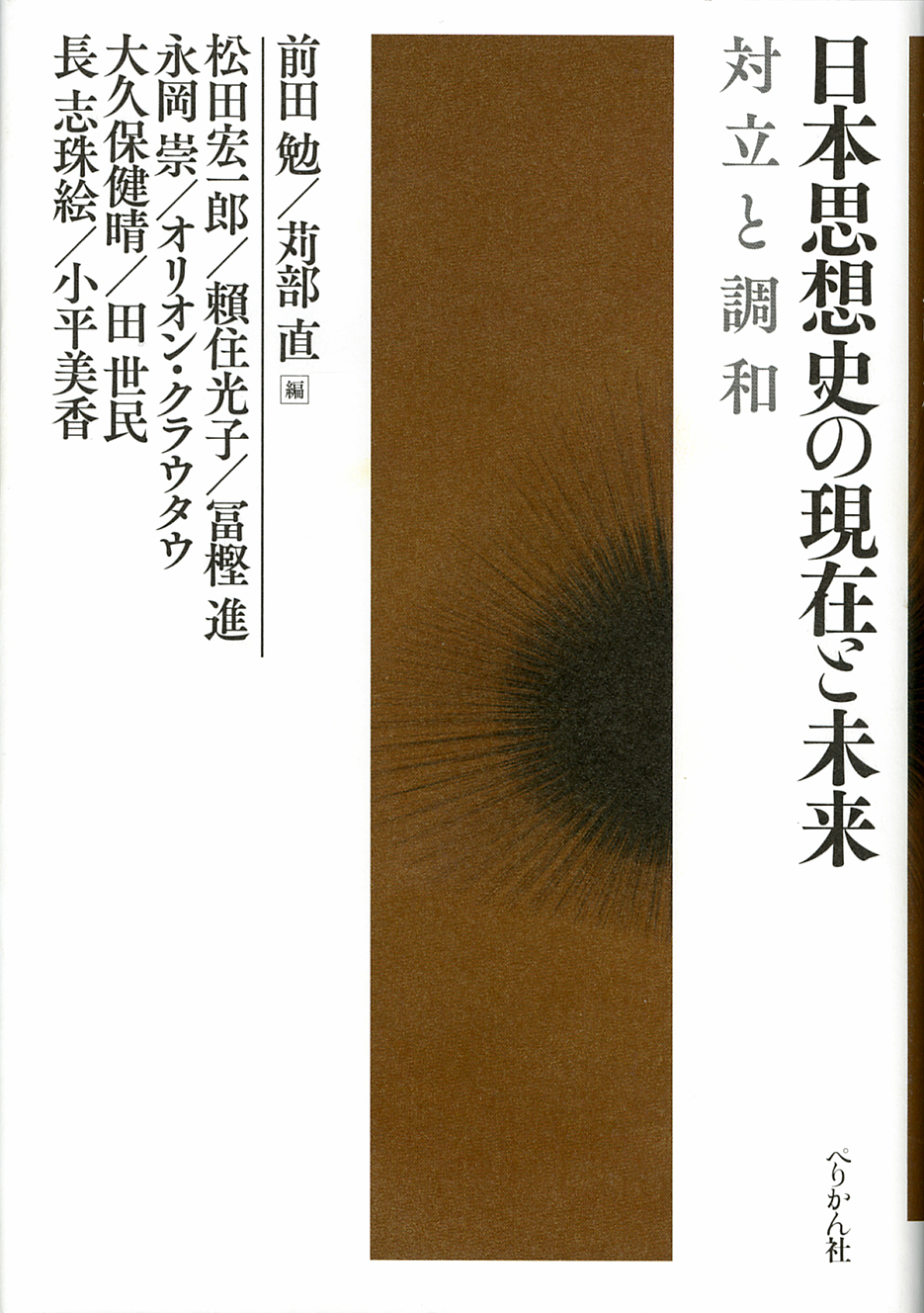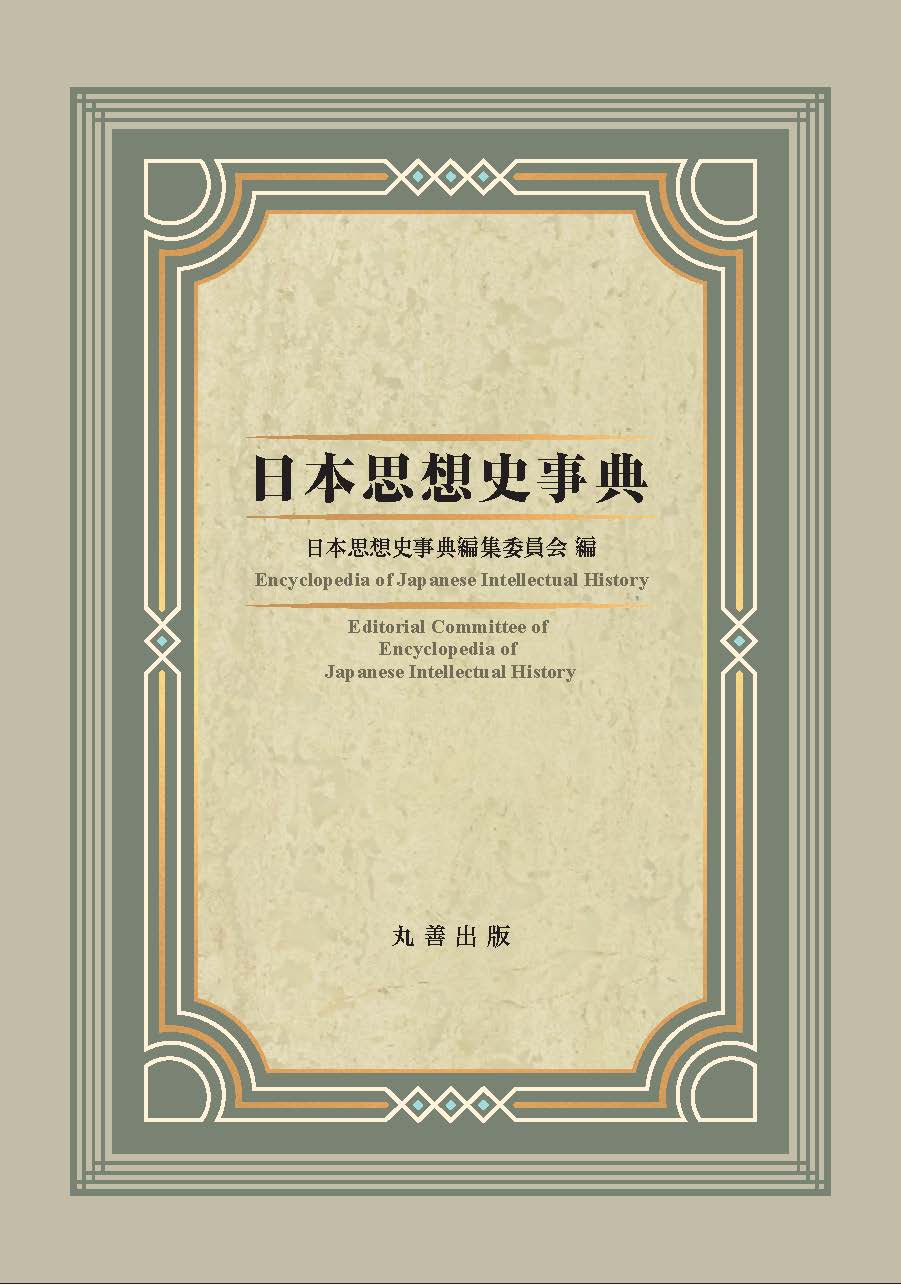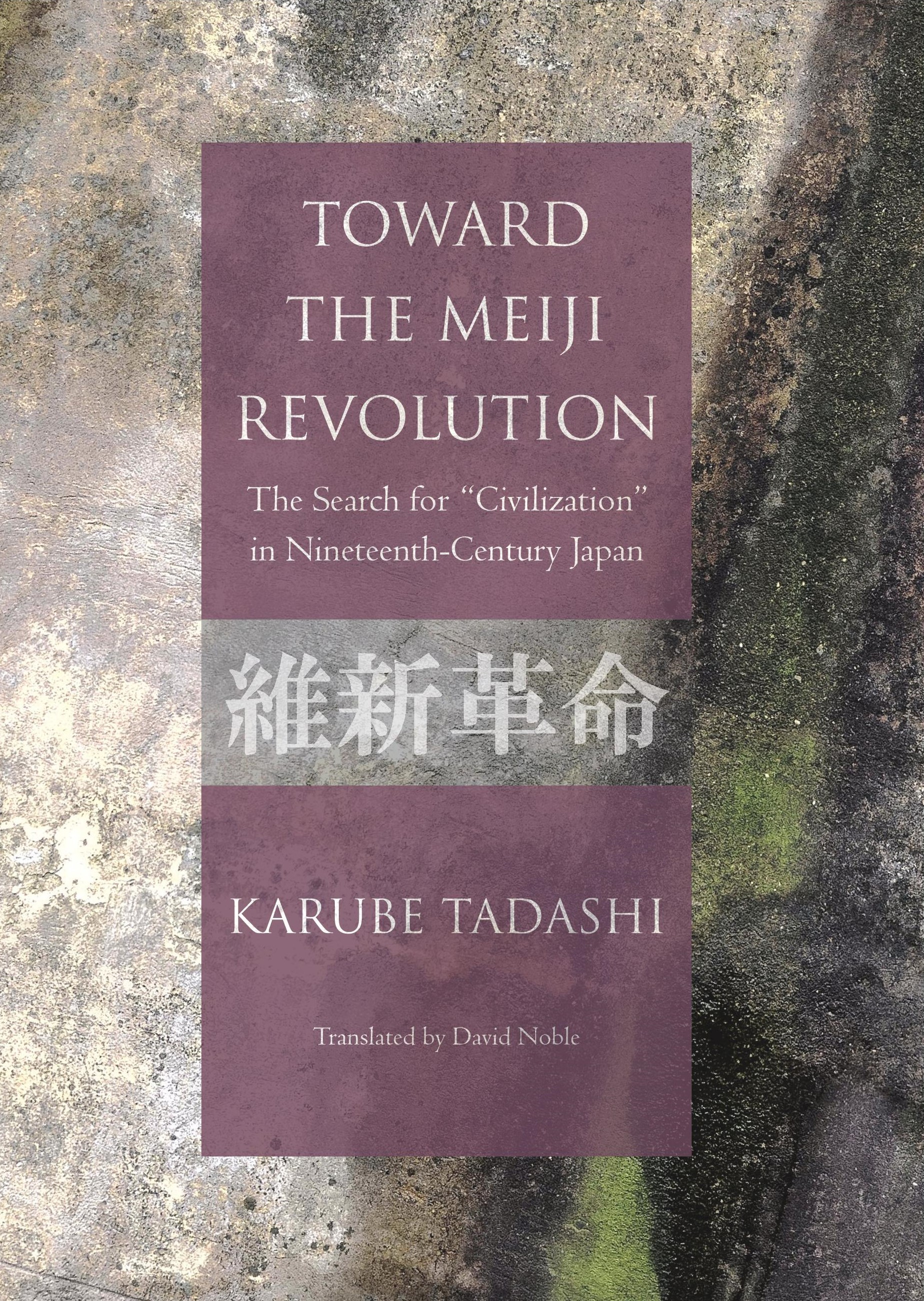
Title
Toward the Meiji Revolution The Search for "Civilization" in Nineteenth-Century Japan
Size
256 pages, 210mmx148mm, hardcover
Language
English
Released
March, 2019
ISBN
978-4-86658-059-3
Published by
Japan Publishing Industry Foundation for Culture (JPIC)
Book Info
See Book Availability at Library
Japanese Page
Toward the Meiji Revolution—The Search for “Civilization” in Nineteenth-Century Japan (originally published in May 2017 by Shinchōsha [Shinchosensho]) has appeared in an English translation by David Noble. During the translation process, the author and translator worked together and studied the work closely; so you could say that they are both the authors of the book. We have modified the text with the overseas reader in mind, particularly readers in English-speaking countries who are familiar with Japanese studies. Some parts have been changed and some expressions revised.
During the long stretch of the 19th century, from the Tokugawa period to the first half of the Meiji period, changes took place in Japanese society and thought. Among these were encounters with and acceptance of Western “civilization.” This work attempts to describe the state of this “long revolution.” The words “Meiji Revolution” in the title of the book are the words Japanese thinkers of the Meiji period used to describe these changes. For people of their era, the word “restoration,” meaning political change alone, did not fit the reality. Large societal changes had already started during the Tokugawa period, a radical transformation that could only be called a “revolution.” What thinkers considered important was none other than the process by which the former class system began to implode, its dismantling through the abolition of the domain system and replacement with a system of prefectures in 1871, and not the 1868 “Meiji Restoration.”
This “long revolution” involved the changes that occurred, from the encounter with Western culture to genuine acceptance. This is not a movement comprising surface copying of technology, as is generally termed “Japanese spirit and Western technique.” The intellectuals of that period attempted to uncover elements in Western thought that could be appreciated from the standpoint of East Asian traditional values and use these elements as keys to understanding and introducing Western culture. Naturally, some of the elements included were misunderstood, but they made Japanese modernization possible, for the very reason that they set their sights on universal “civilization.” In the present day, when globalization and collision of diverse cultures run parallel, this historical experience will prove valuable and provide important hints for maintaining coexistence among different peoples.
(Written by KARUBE Tadashi, Professor, Graduate Schools for Law and Politics / 2019)
Table of Contents
CHAPTER 1: Meiji Restoration or Meiji Revolution?
CHAPTER 2: The Long Revolution
CHAPTER 3: History in Reverse
CHAPTER 4: The Voltaire of Osaka
CHAPTER 5: Is Commerce Evil?
CHAPTER 6: The Age of Economics
CHAPTER 7: Another Side of Motoori Norinaga
CHAPTER 8: A New Cosmology and the Concept of Ikioi
CHAPTER 9: Ikioi as the Motive Force of History
CHAPTER 10: A Farewell to the Hōken System
CHAPTER 11: The Advent of "Civilization"
Related Info
Reexaming Japan in Global Context Forum, Oxford, UK“Forum: Issue 014 The Meiji Ishin and Kaikoku” (Suntory Foundation Research Project Oct 26, 2018)
https://www.suntory.com/sfnd/jgc/forum/014/index.html



 Find a book
Find a book


